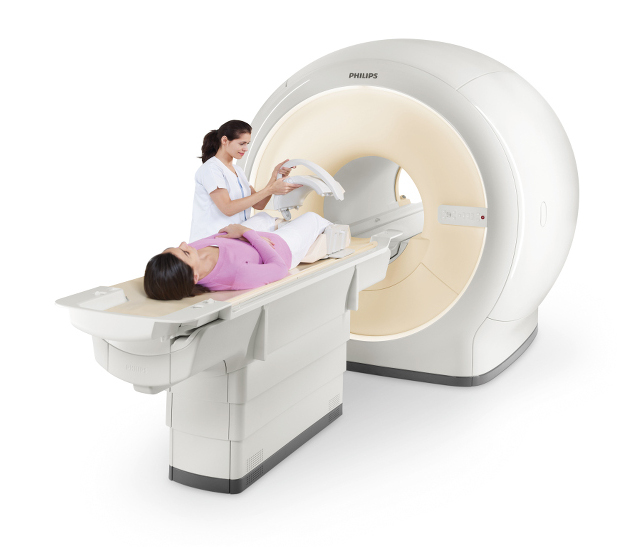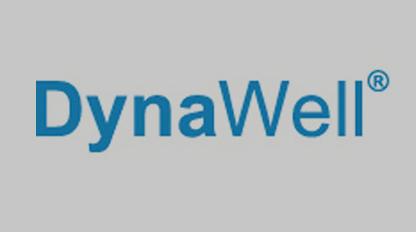 M1 Imaging provides open MRI technology using a mobile unit in a beautiful setting to make it easy for patients to feel comfortable. Based around a state of the art Philips Ingenia 1.5 Telsa magnet and a wide 70cm bore, our MRI has a much more open feel than conventional systems so patients feel less claustrophobic and more relaxed.
M1 Imaging provides open MRI technology using a mobile unit in a beautiful setting to make it easy for patients to feel comfortable. Based around a state of the art Philips Ingenia 1.5 Telsa magnet and a wide 70cm bore, our MRI has a much more open feel than conventional systems so patients feel less claustrophobic and more relaxed.
M1 holds the exclusive Michigan license for DynaWell L-Spine, the only weight-bearing MRI currently in use in the state of Michigan.
A few facts about our technology:
- Siemens is a wide bore and accommodates 550 LLB
- Weight-bearing MRI, also known as Axial-loaded MRI, simulates a standing position by applying compression to the lumbar spine. Our imaging captures how a patient actually feels while standing, and takes into account the effect of gravity on a person’s spine.
- The compression device, exclusively available at M1, reveals herniation and bulges that do not present as significantly in a relaxed position. This is the best way to see what is really going on!
- Flexion and Extension MRI of the C-spine, in addition to our standard supine scan, allows a physician to see the patient’s neck while bent up and down. Many times patients with whiplash or other neck conditions are in greater pain while flexing and extending the neck. M1 Imaging is the exclusive center to capture these discords, giving physicians three scans in one order so they can see a complete picture.
- M1 Imaging uses a specialized protocol called Susceptibility Weighted Image (SWI). The SWI image is possible through the use of algorithms that differentiate the densities of adjacent tissues; the SWI scan is 3-to-6 times more sensitive as it accounts for the susceptibility of all brain elements, including hemorrhages.
- M1 Imaging offers better dynamic joint imaging, using high-field coils that specifically targets joints and provides the best images available in Michigan.
- Turn-around time for M1 reporting is 24 hours – Dr. Chintan Desai, our chief radiologist, reads reports daily.
- M1 allows physicians access to the American College of Radiology website to guide appropriateness of MRI ordering. This helps doctors determine which MRIs are needed for their patients.
 DynaWell L-Spine is an invention pioneered by NASA that enables more specific diagnosis of the lumbar spine. It is non-invasive and simple to use with MRI.
DynaWell L-Spine is an invention pioneered by NASA that enables more specific diagnosis of the lumbar spine. It is non-invasive and simple to use with MRI.
This technology was invented by a spinal surgeon and radiologist. The non-magnetic device achieves compression through a vest the patient wears attached to straps that connect to a foot-compression device. Scanning patients with symptoms of Sciatica and Neurogenic Claudication with this technology leads to 60-70% more information than standard imaging.
Book Now



















